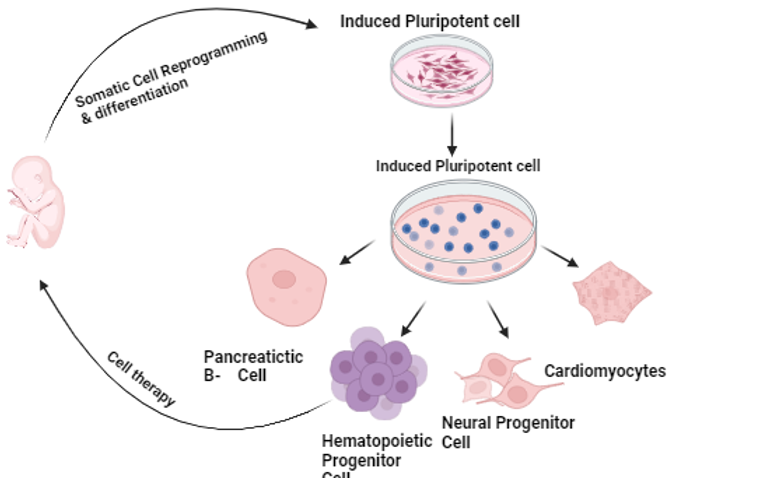Deciphering the frontiers of stem cell research in regenerative medicine

DOI:
https://doi.org/10.62110/sciencein.cbl.2024.v11.673Keywords:
Stem cells, Mesenchymal stem cells, Regenerative medicine, cell-based therapyAbstract
Stem cells are the basis of the origin of differentiated cells, which again build up the fundamentals of tissue and organs. Stem cells themselves are undifferentiated and possess distinguishable characteristics such as Self-renewal, Clonality (the ability to rise from a single cell), and potency (can differentiate into many cell types). However, there are different types of stem cells with varying potencies, like pluripotent cells capable of differentiating into tissue from all 3 germ layers (endoderm, mesoderm, ectoderm). On the other hand, there are multipotent stem cells that can be differentiated into tissue derived from a single germ layer, for example: Mesenchymal stem cells, which again can be derived from various sources like bone marrow, adipose tissues, molar cells, umbilical cord, cartilage. This review also deals with how advancement in stem cell research has laid the foundation for cell-based therapies for specific diseases that remain conventionally untreated along with what challenges stand on the path of this advancement and what are the prospects. The utilization of regenerative medicines mainly deals with restoring the normal functionality of diseased tissues or organs. The applications of stem cells in regenerative medicine and therapeutics and their future scopes and challenges have also been discussed.
URN:NBN:sciencein.cbl.2024.v11.673







